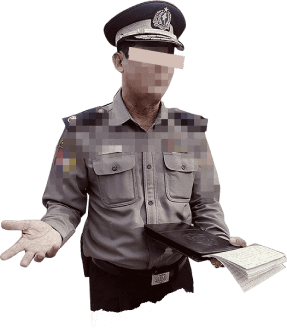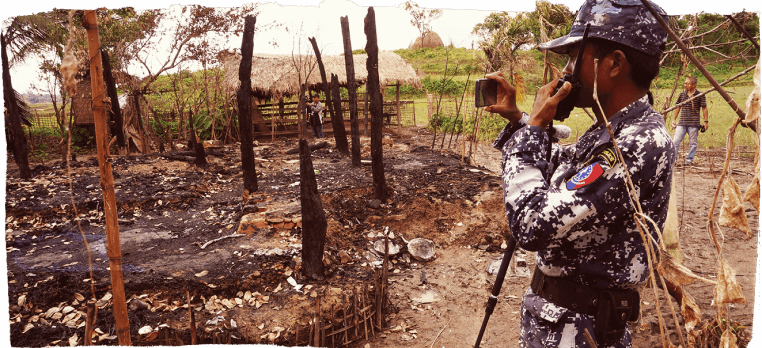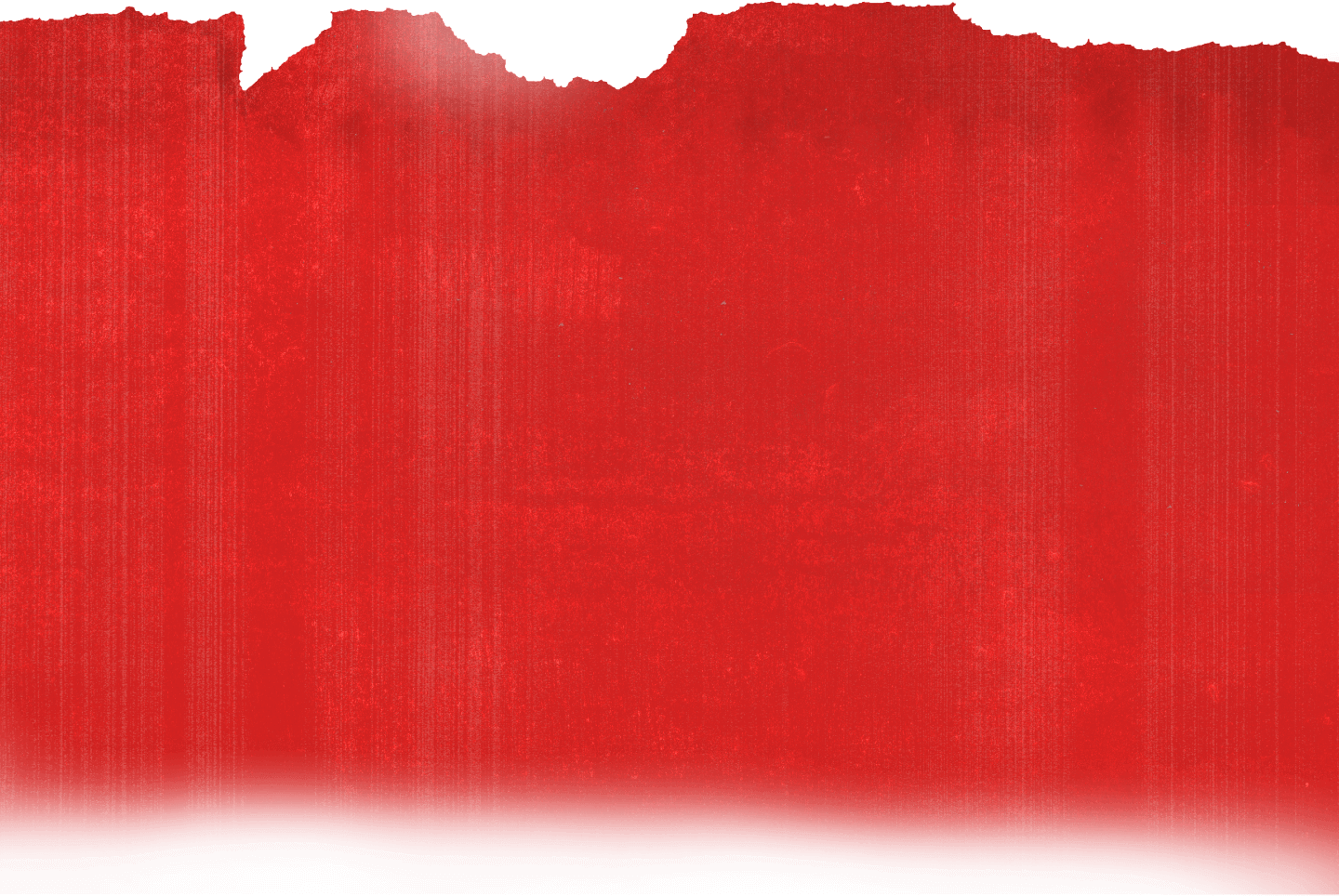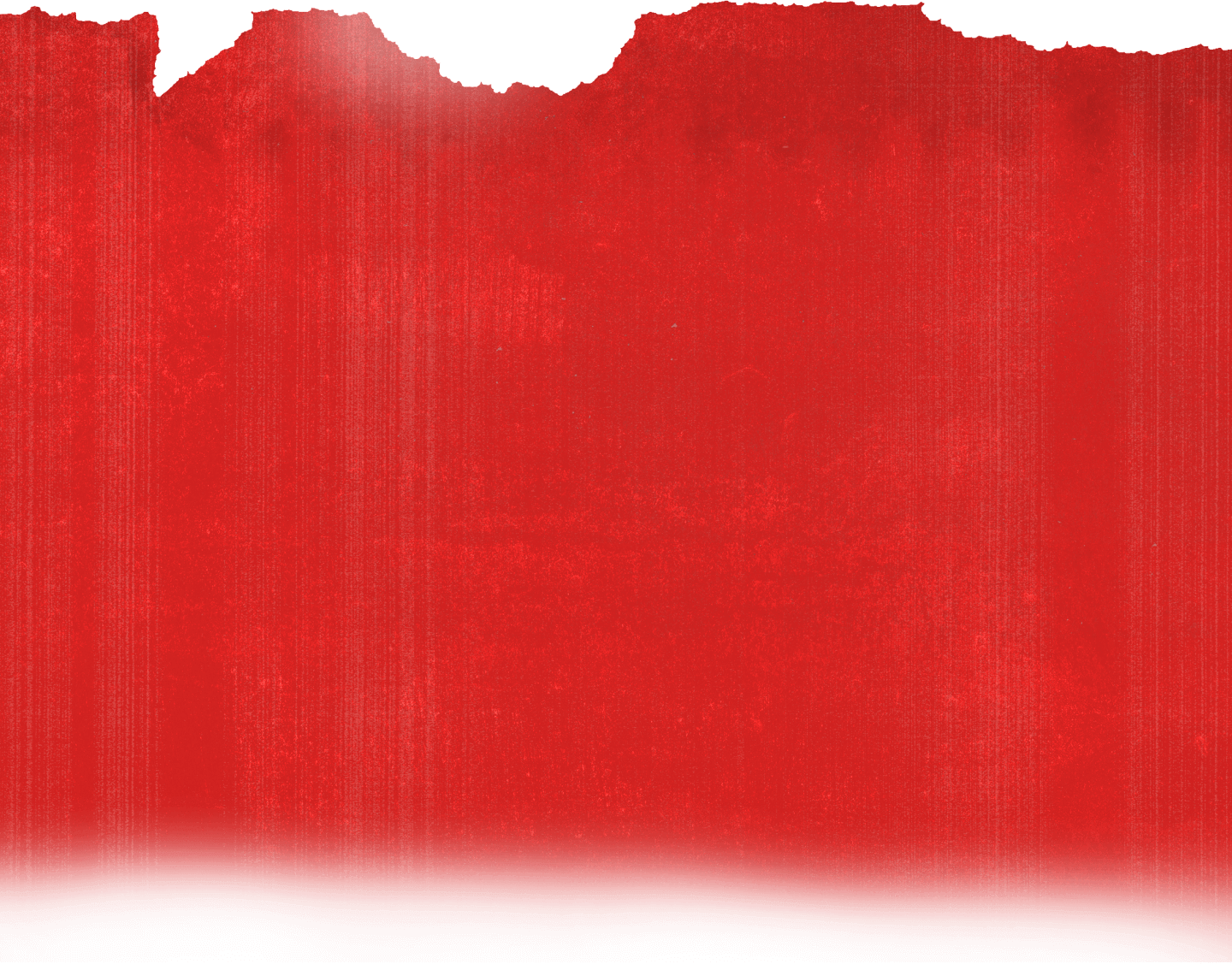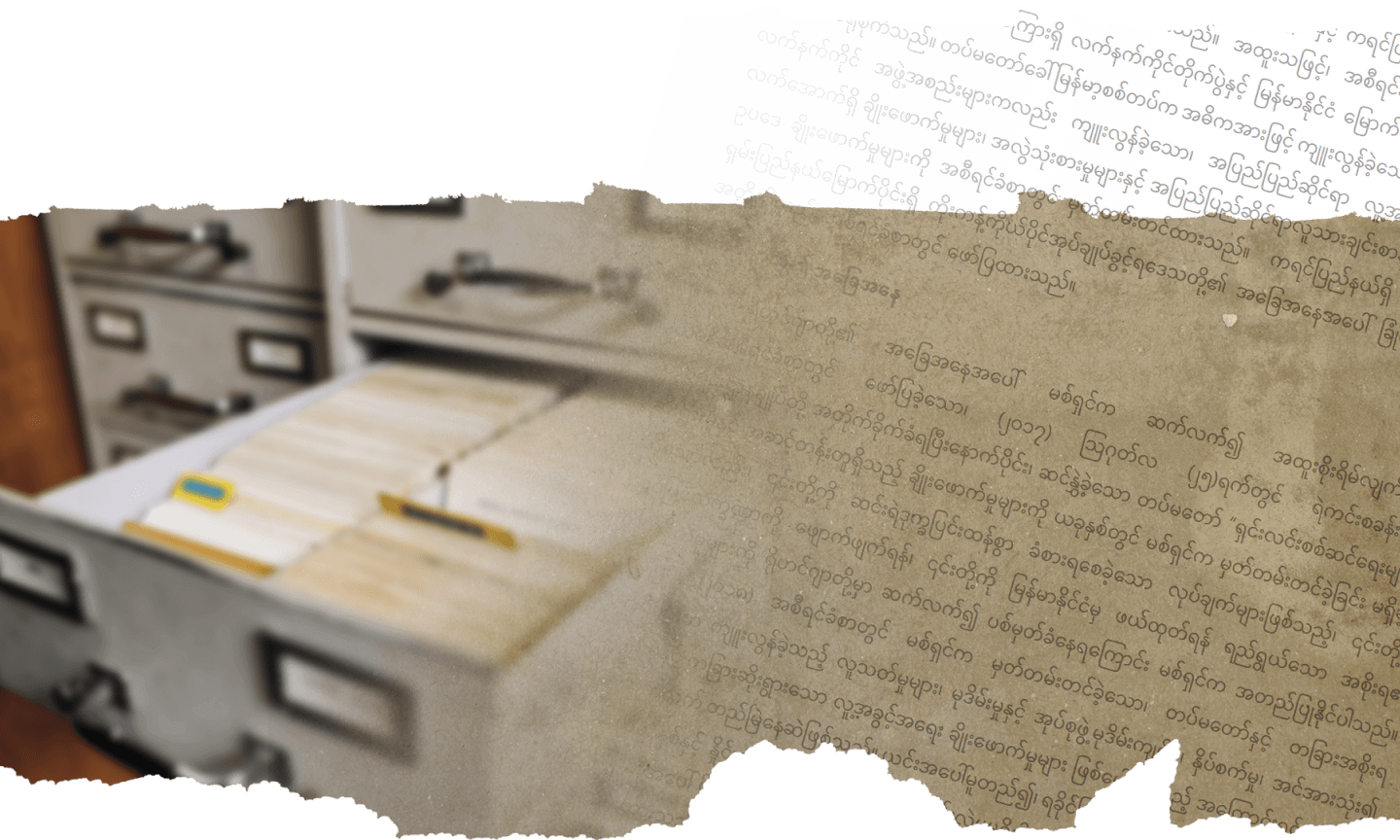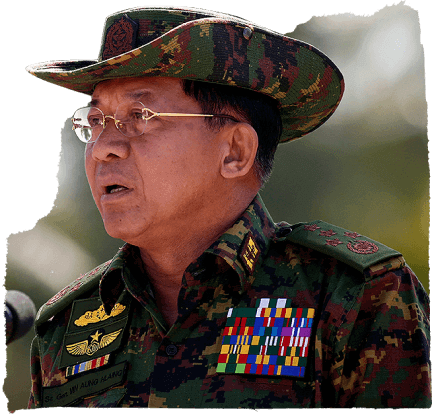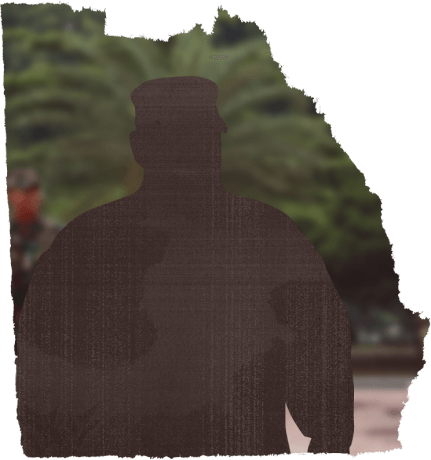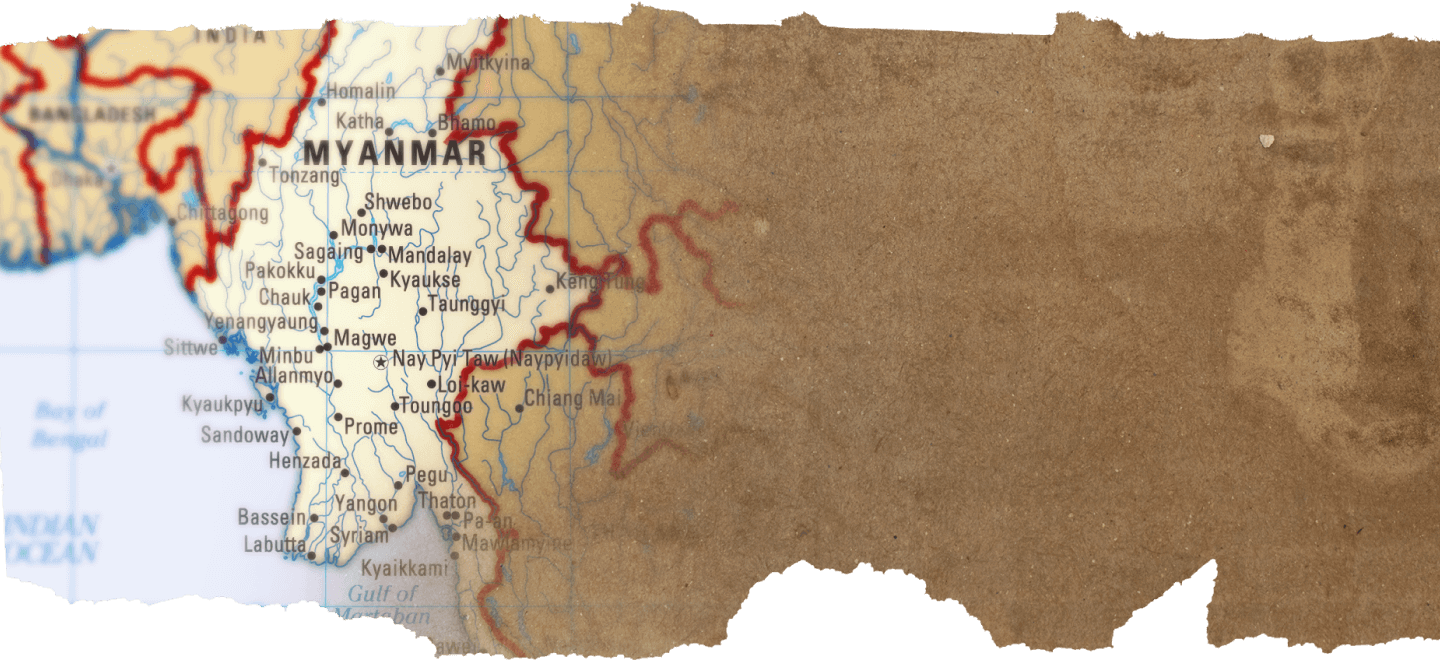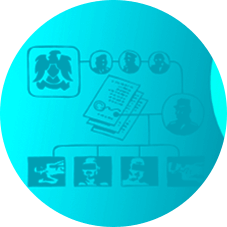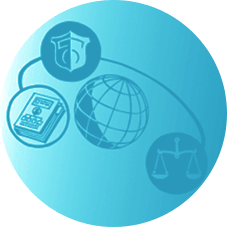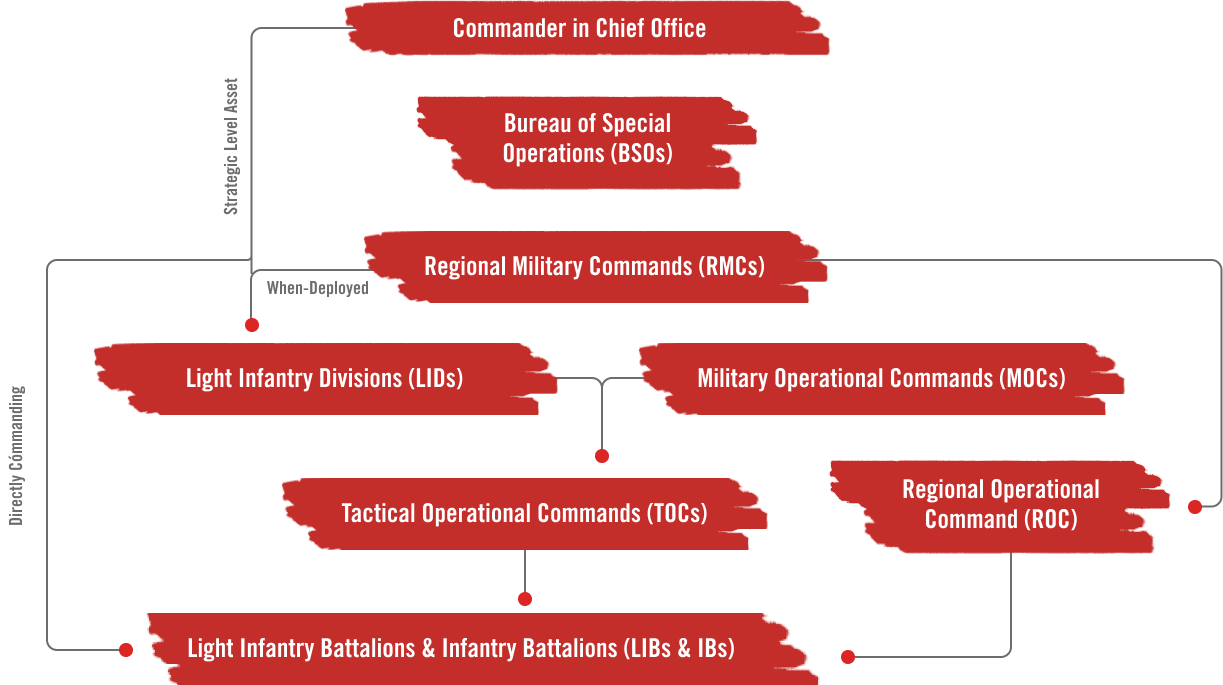The Commission for International Justice and Accountability (CIJA) can now reveal that it has concluded a four year investigation inside Myanmar, where it focused on collecting linkage evidence.
CIJA had been conducting criminal investigations into the Syrian armed conflict and IS atrocities in Syria since 2012, collecting more than one million documents pertaining to crimes by the Syrian Regime, and considered that its model of investigations could bridge a critical evidence gap, by conducting a targeted criminal investigation into the Tatmadaw.








